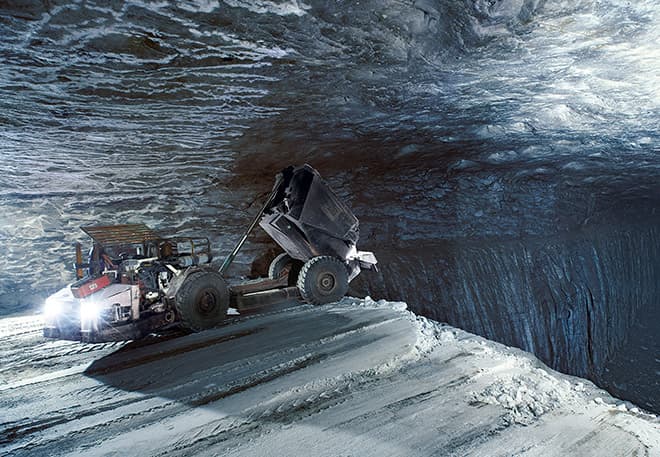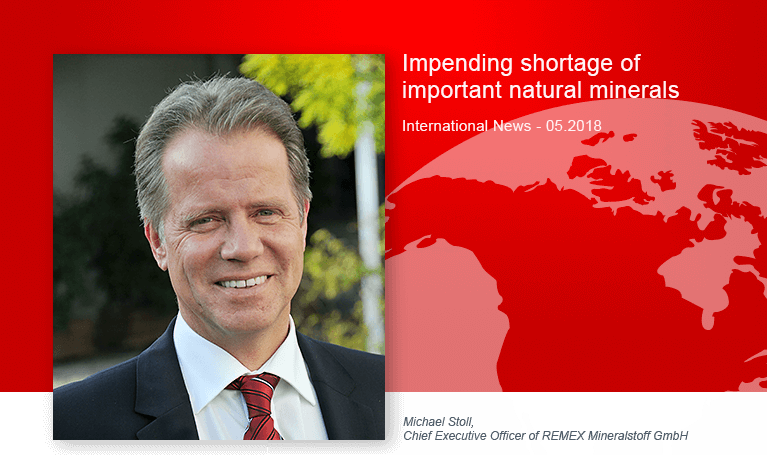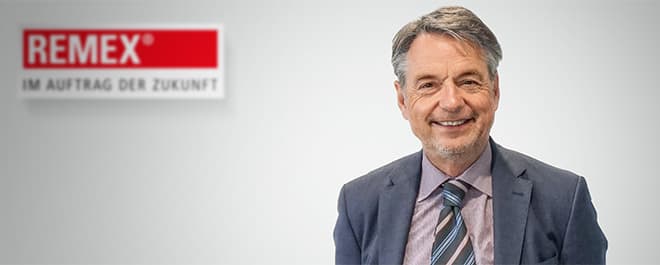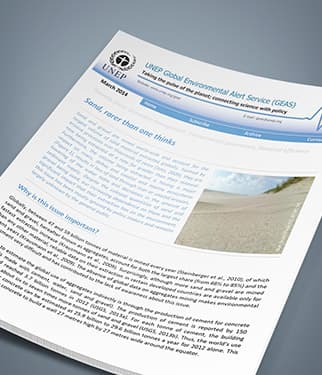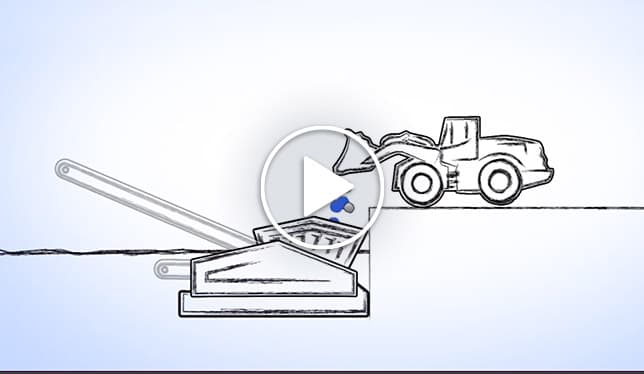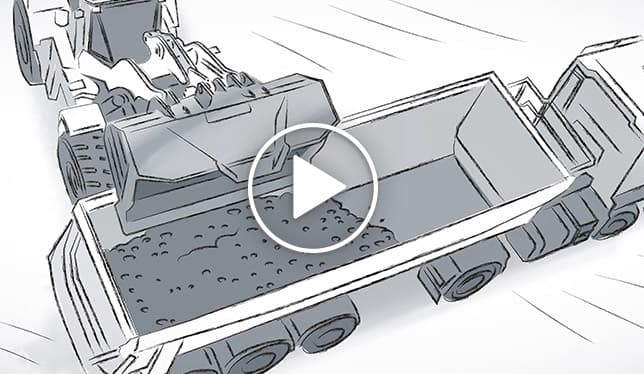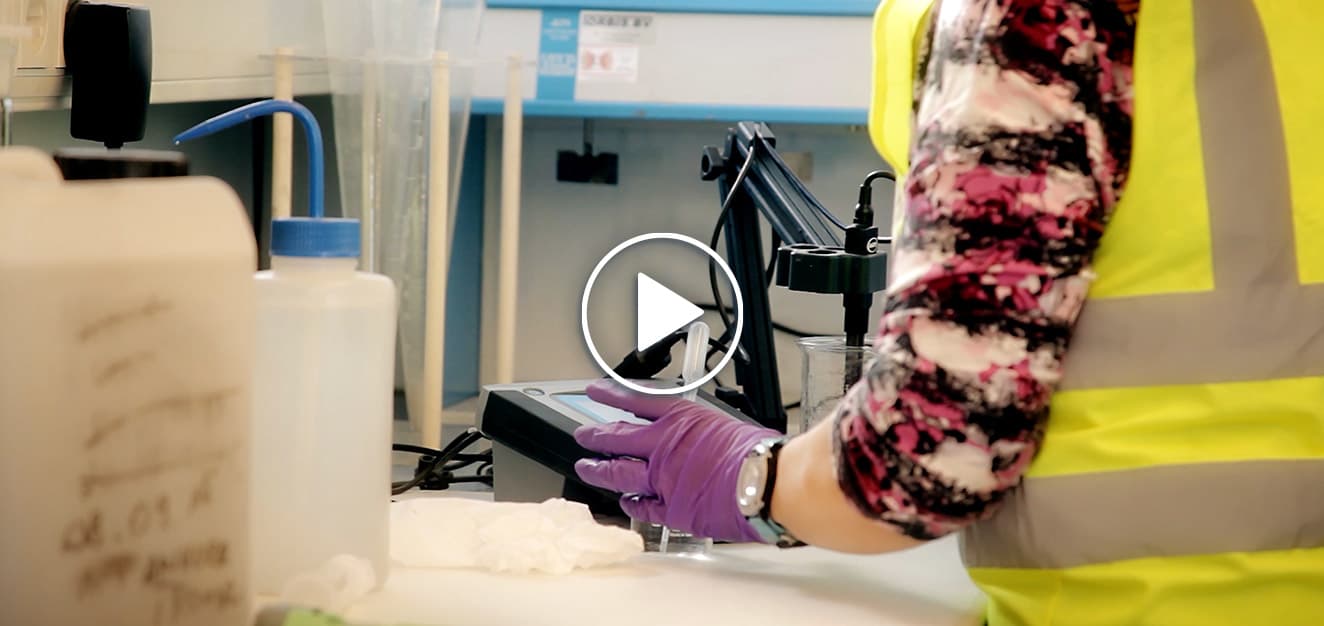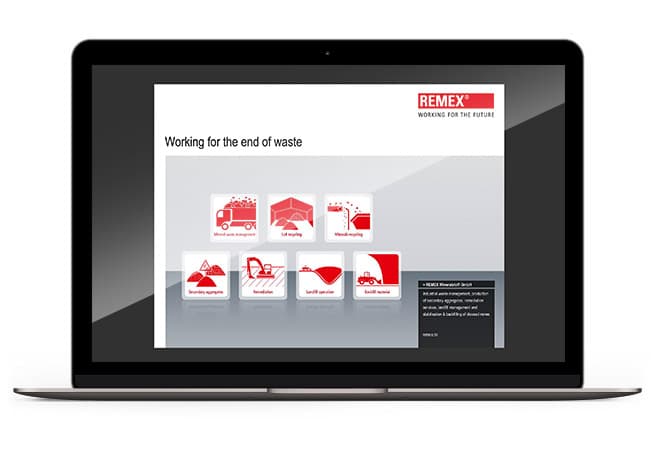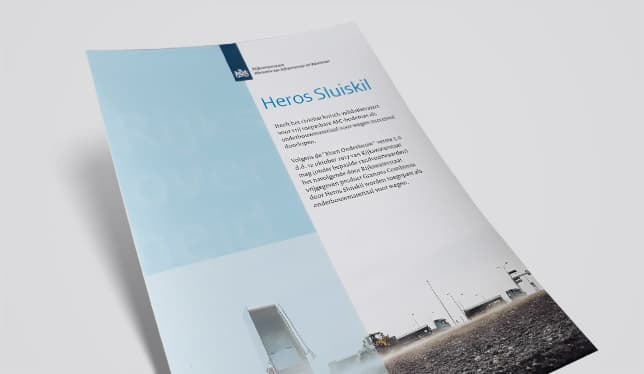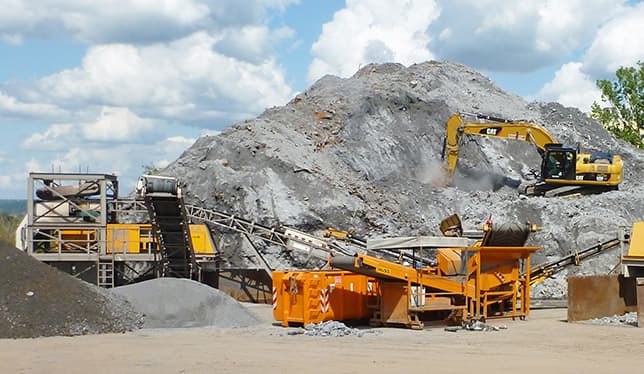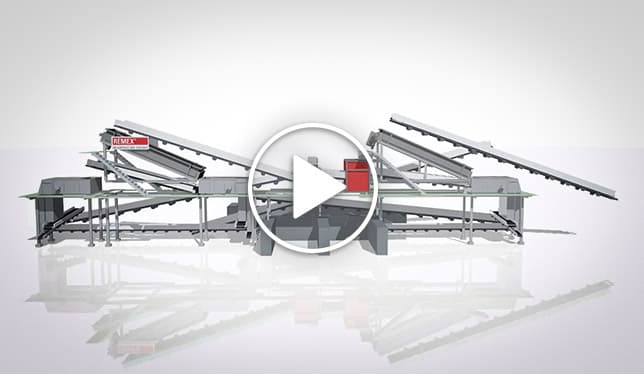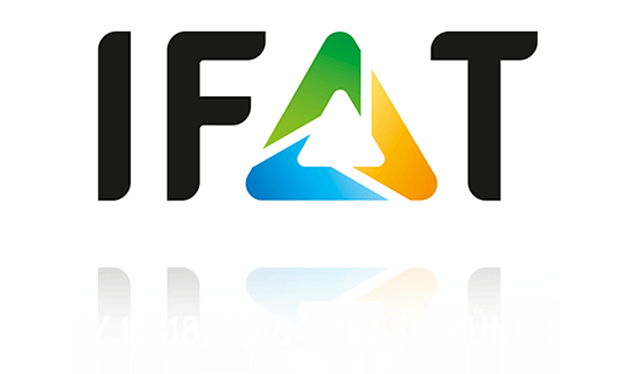Many of you probably know the 2014 United Nations Environmental Programme (UNEP) report that warned that the worldwide use of primary mineral resources significantly exceeds the natural renewal rate. Meanwhile, this has become extremely obvious – as selected regions in the world are now facing a limited availability of natural minerals.
As international experts for minerals processing and recycling, we understand the consequences of such primary resource shortage. Our operations in Singapore and the Netherlands are dealing first hand with these challenges – two countries in which natural minerals are a rare commodity.
In general, the highest demand for minerals stems from the construction sector. In countries that lack mineral resources, the need to maintain supplies of minerals for the construction industry has been driving the technical progress, innovation and development of new application areas for secondary aggregates at an impressively fast pace.
As international stakeholders continue towards a more sustainable management of mineral resources, the way forward is clear: increase the environmental qualities of secondary and recycled aggregates through the use of modern processing technologies. At the same time, other mechanisms, such as quality assurance schemes and an according technical and environmental framework need to be created. Only then, can we fully utilize the largest waste stream – mineral waste.
Based on the latest statistics in Germany, we know that 19% of construction minerals can be easily replaced by secondary and recycled aggregates. Please feel free to > contact us directly if you would like to benefit from our knowledge of minerals – and if you like our international newsletter just > recommend us.
Yours sincerely,
Michael Stoll, Chief Executive Officer of REMEX Mineralstoff GmbH
